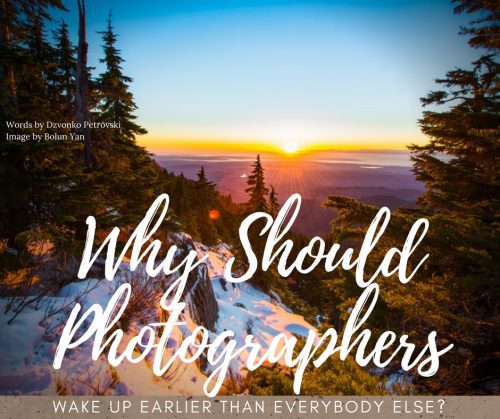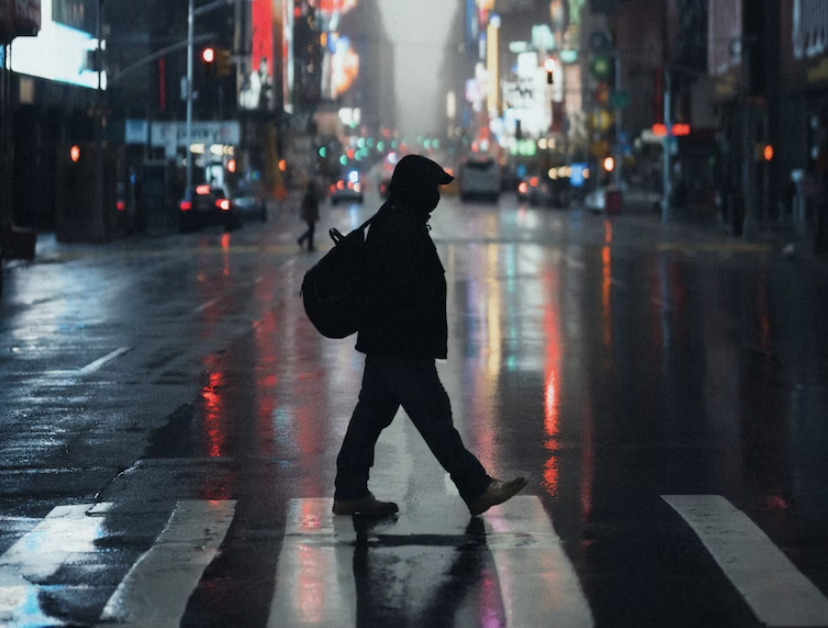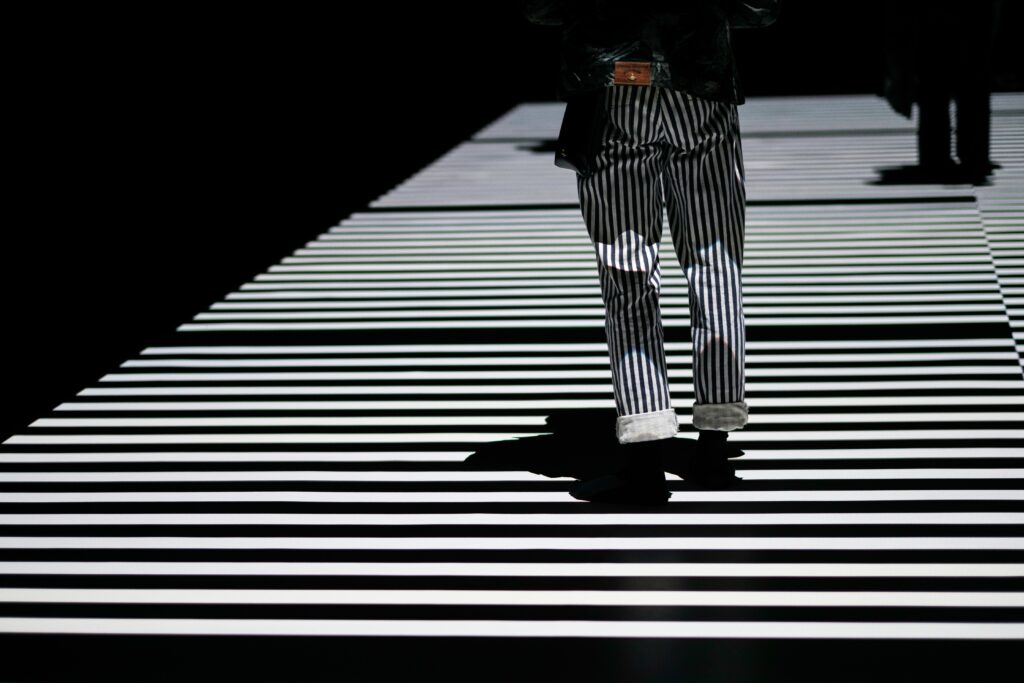Ok Photographers, Here are Some Huge Benefits of Waking up Early Morning
Good morning! That's the sound of an enthusiastic photographer out on location before the sun is even thinking about making an appearance. Today. we've got a host of reasons to roll out of bed that extra bit early…
The Sheer Beauty of Dawn
I don’t know if you've noticed, but the period before sunrise, usually around 5 AM, is the most peaceful part of the day. While others still sleep and dream, you should be up and achieving your dreams.
Perhaps a little poetic, but it actually proves to be a great strategy, especially for landscape photographers.
Sunrises have more color casts when compared to sunsets. Mainly due to the angle of the Earth’s axis, and the fact that in the morning the atmosphere is a tad bit cleaner (no movement because everything is asleep, i.e. exhaust fumes from the cars and factories etc).
Additionally, in the morning it is much colder, therefore ice formations such as hard rime are pretty common. And when you have temperature differences in moist air, chances of a rainbow are quite good too.
During the morning periods mist is a common occurrence too, so skilled photographers make awesome images involving mist, especially on elevated areas in the morning.
So, if you start as an “early bird” photographer, the first thing you’ll want to photograph is the sun itself. The sun is always a good subject in landscape shots, however, it can certainly be a bit tricky to capture.
If you've tried, you already know that if you expose properly for the sun everything else will be pitch black, then recovering it introduces heaps of noise, a bunch of lost details and so forth.
So, what to do?
Landscape photographers never leave their house without a gradual neutral density (GND) filter and a circular polarizer filter (CPL).
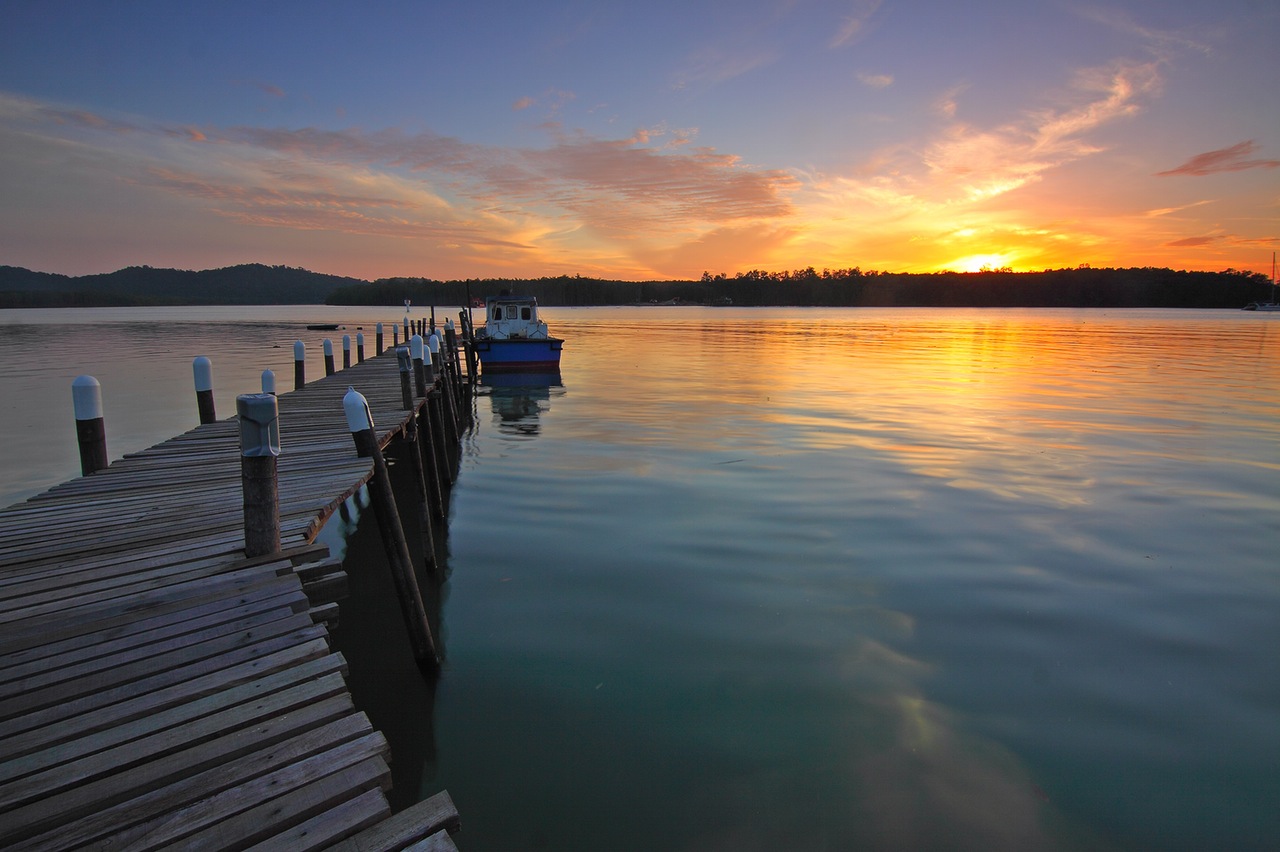
Gear Essentials – Check You've Got These
A Gradual Neutral Density filter will help you tone down the sun which will allow for the lower part of the image to be properly exposed. You can probably pull it off with HDR as well, but results vary, and if it is windy it will introduce ghosting etc.
Even if the sun is not in the frame, the use of a GND can be used to achieve darker skies. More blue and darker skies can be achieved using the Circular Polarizer Filter too.
The effect between CPL and GND filters, of course, differs. since GND just reduces
A GND just reduces the amount of light reaching the sensor by a given amount, while the CPL reduces reflections. And since the atmosphere has loads of gases and pollution, light is being reflected through those particles, but the CPL can effectively reduce reflected light.
However, the CPL doesn’t provide even reduction on wider lenses, so use it with caution in these instances.
When you head out to photograph the rising sun, you’ll want to grab a lens cleaner kit and your lens hoods. Cleaning the lens when you photograph sunrises is important since the light will be hitting your lens directly thus lighting up every single particle on your lens.
It can result in white or washed out spots on the picture. Lens hoods will be useful when you photograph scenes with the sun almost out or at an unusual angle in comparison to your camera.
This can cause flare and glare – sometimes wanted, but not always! Lens hoods can reduce or eliminate that.
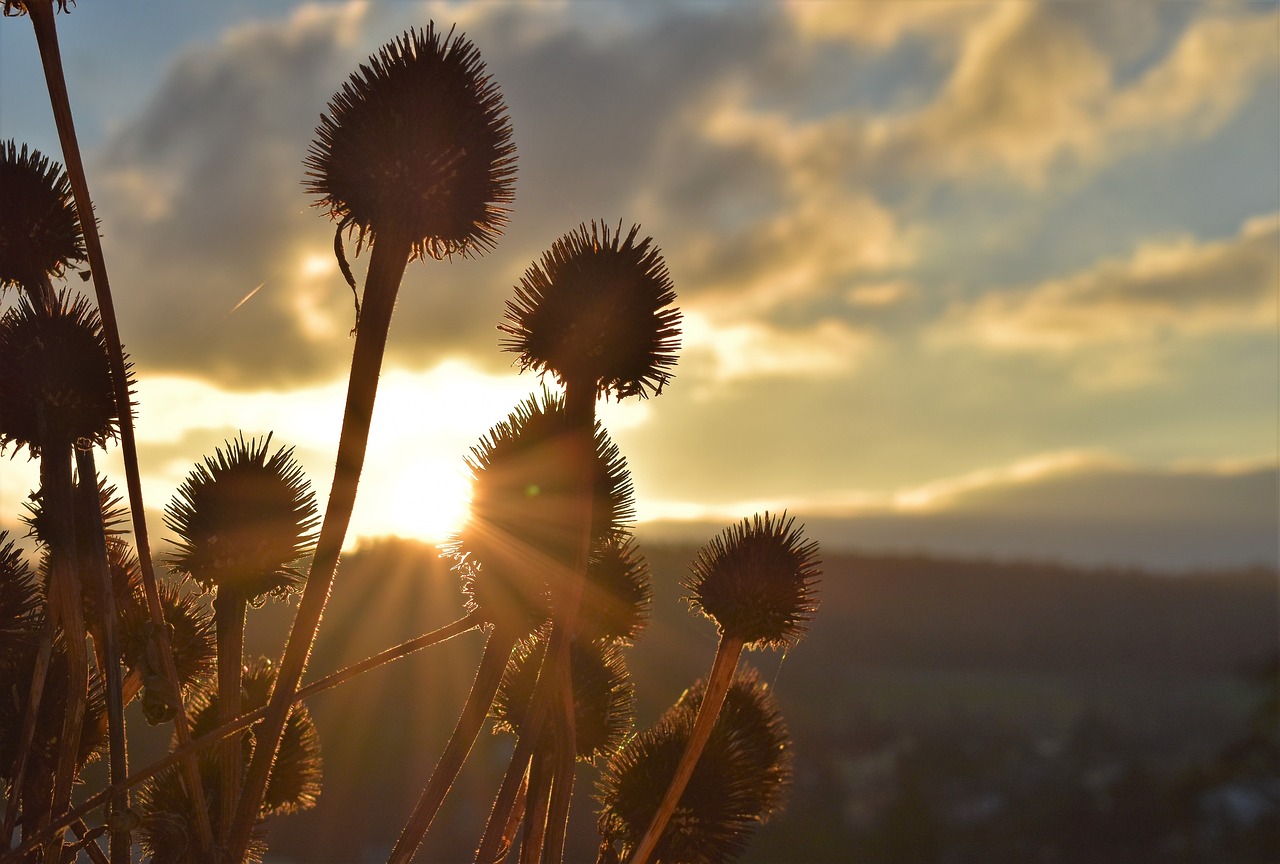
Lens flare is often used creatively, but you need to hit it just right for it to look good and not ruin the picture. When you don’t want that using lens hood helps quite a bit.
Glare, on the other hand, is occurring when light hits the lens directly thus effectively reducing contrast and making the image look softer. Lens hoods counter that to a certain extent, at least some reduction is better than no reduction at all.
Additionally, even though you will be using fast shutter speeds because you’ll have plenty of light, it is wise to bring a sturdy tripod with you, mostly to eliminate handshake.
It's definitely easier to check focus and adjust properly when your camera is being held by something else rather than your hands.
Getting Up Early is Not Just For Nature Lovers
Lastly, make sure that you don’t limit yourself. You’ll probably venture the nature, forests, cliffs and so forth, but it doesn’t mean that you’ll photograph landscapes only at this time of the morning.
Yes, that's usually the main goal, but be aware of your surroundings. You might stumble upon some wildlife or interesting flower formations etc. Be prepared to bust out a longer lens or a macro lens too.
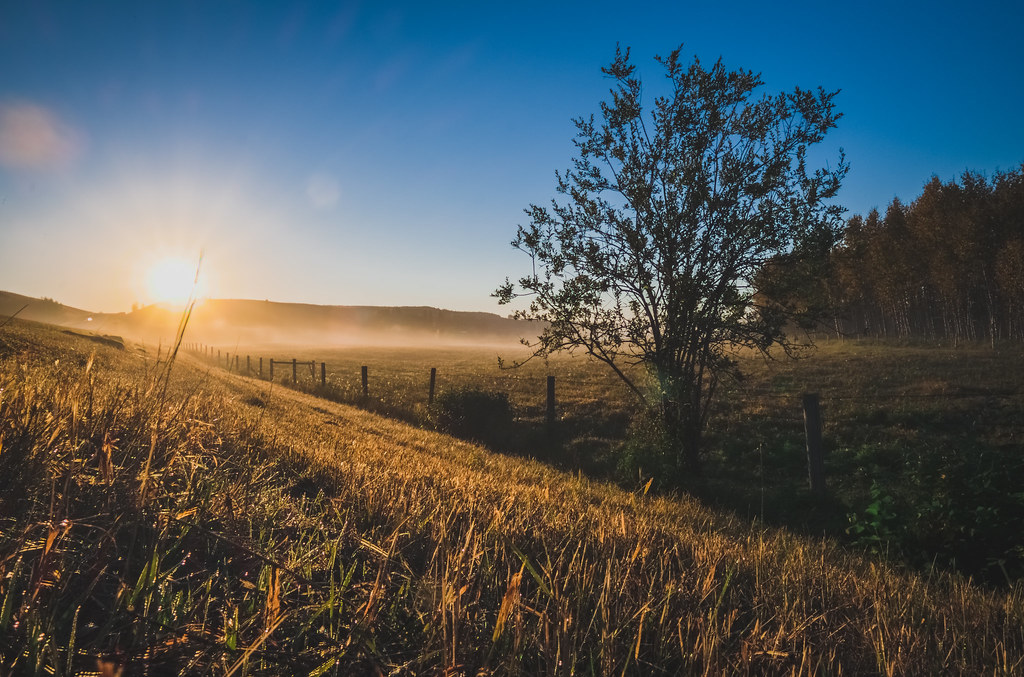
Look After Yourself Too
Of course, bring some food and water, because you never know what might happen – you've always got to be prepared, even if you intend on only shooting for an hour or less.
In terms of non-photographic gear,
- You should probably bring a GPS enabled device (a smartphone is perfect) and an external battery charger.
- Make sure you have all the maps available offline (in case you go out of signal range for your cell phone).
- Bring an old school compass as well, in case the GPS fails you (or your smartphone just dies unexpectedly).
- Lastly, make sure people know where you are headed and for how long you should be there, because if something happens, they will know where and when to look for you.
Got more questions or some images to share? Feel free to use the comments section below or the forums.
Summary
I hope you found this guide of tips useful, I enjoyed putting these tips I've learned, together in one place. Aside from having the right gear on you, it's important for photographers to experience a different time of day and place for that.
Often you could be up at a crazy hour, but the difference is, you're at home stumbling around trying to find the ground coffee pot instead of being ready and setup out in the great outdoors!
Benefits of Waking Up Early Morning – Top Takeaways
- Being up before the masses is just plain peaceful. It provides you with time to channel your creativity, think about what you want to capture through your lens and above all, experience the beauty of nature whilst the city sleeps.
- Try to make this a habit once a month, as a regular thing throughout the year – even if you're a portrait or street photographer, it will challenge you to something different!
Further Resources
- Artificial, Natural, or Available Light? Finding the Light That’s Right for You by Dzvonko Petrovski
- Everything You’ve Ever Wanted to Know About Neutral Density Filters by Jason D. Little
- What Everybody Ought To Know About Photographing Sunsets and Sunrises by Jason Row
Further Learning
Here's an in-depth guide on understanding light, which as you know, can result in amazing sunrise photographs!
To help you on the path to that wisdom, do check out the Understanding Light guide on Photzy.
